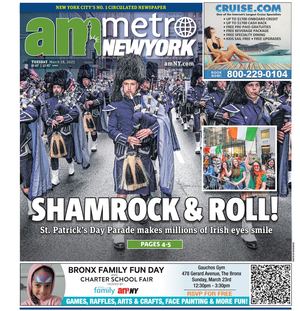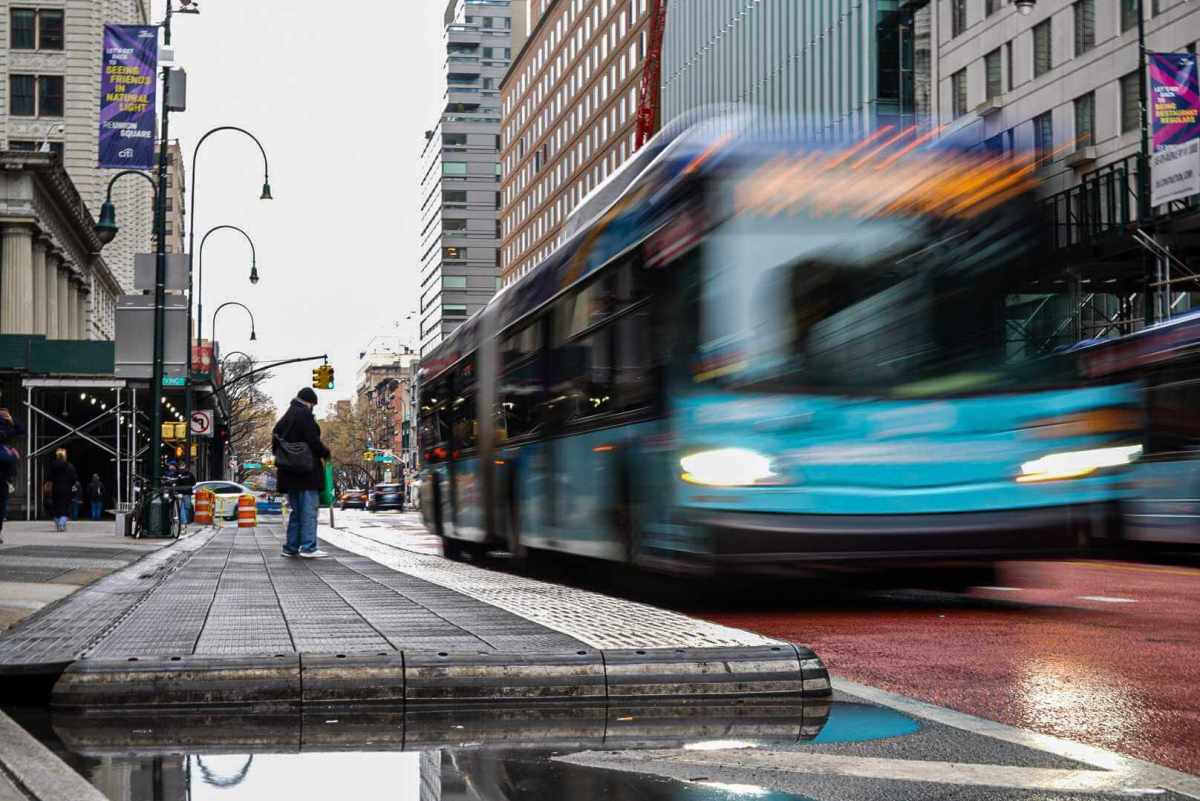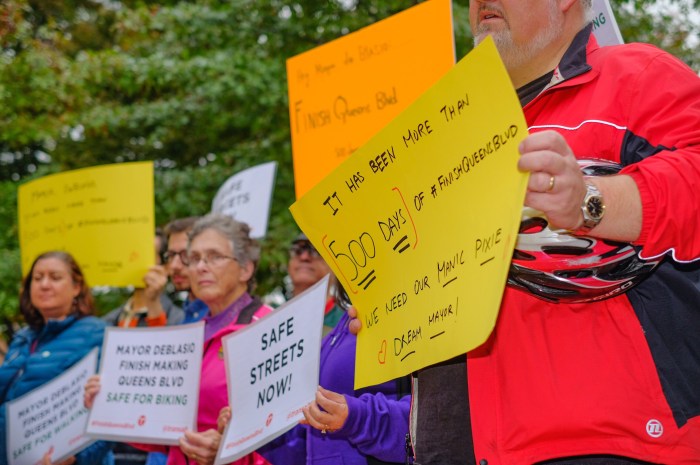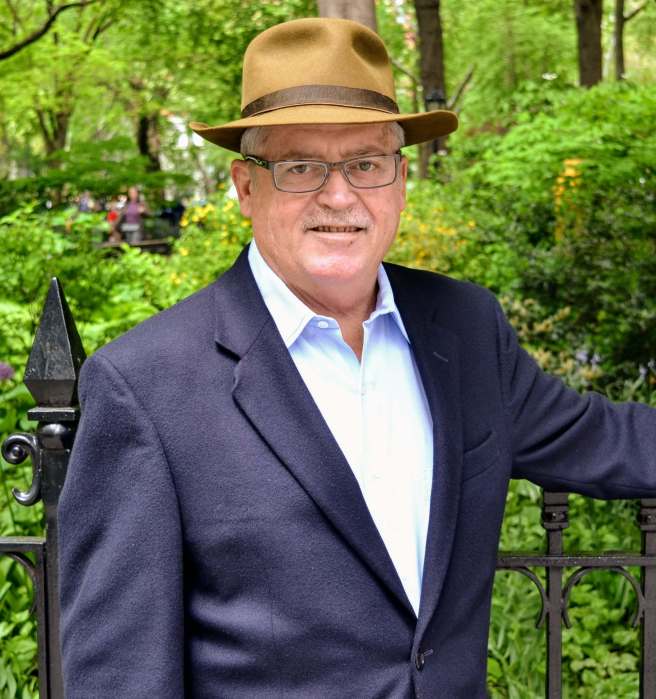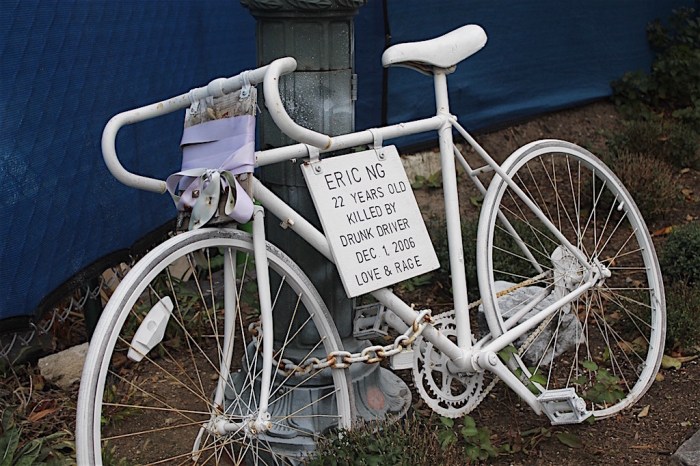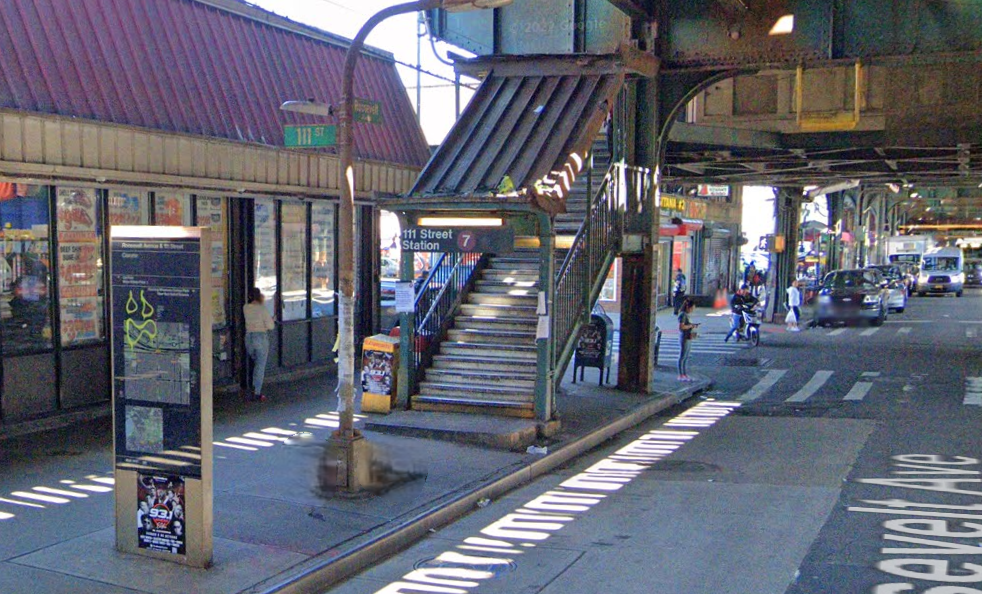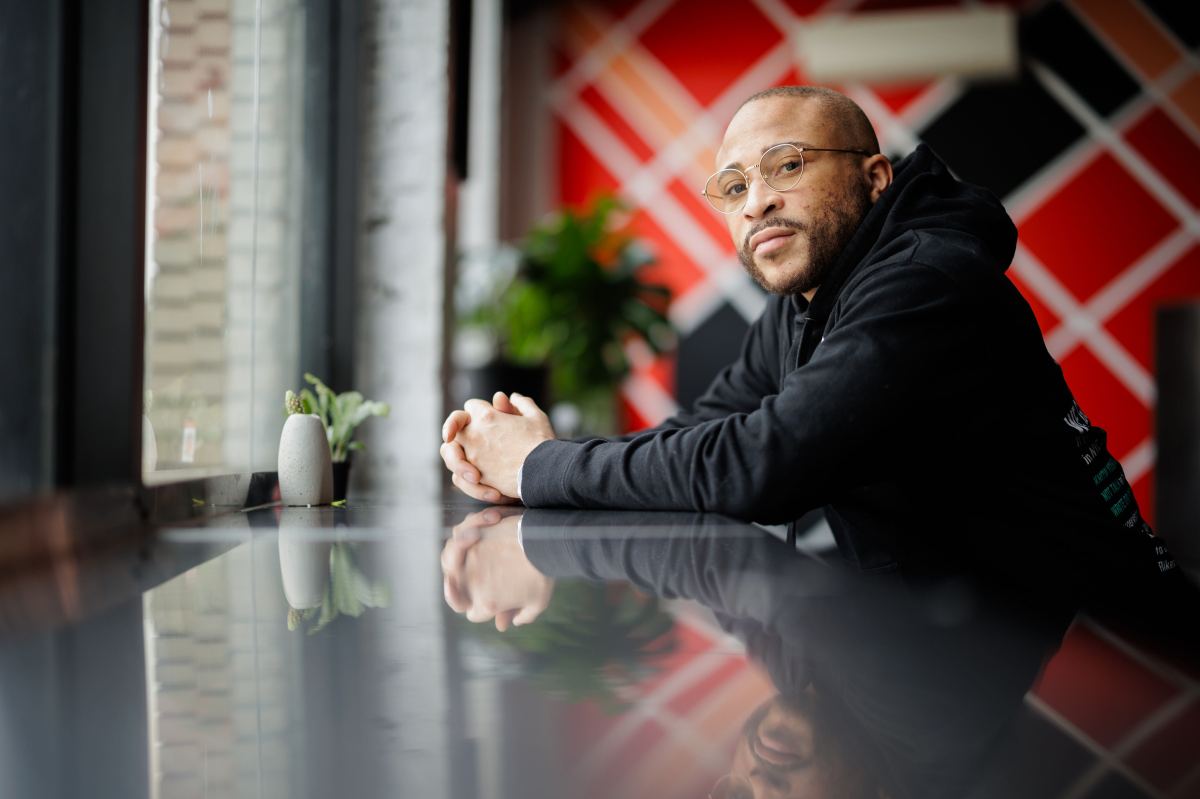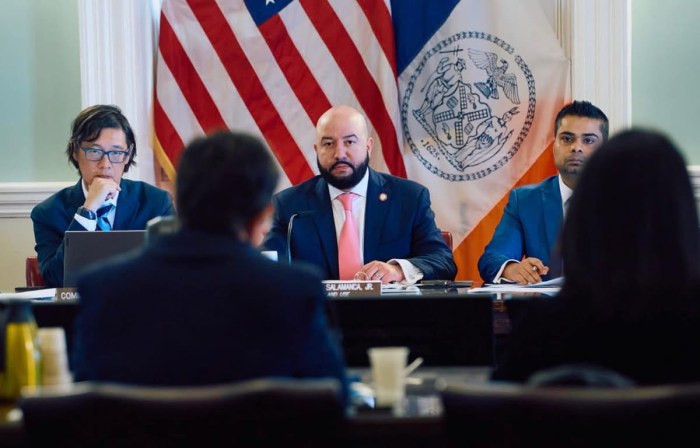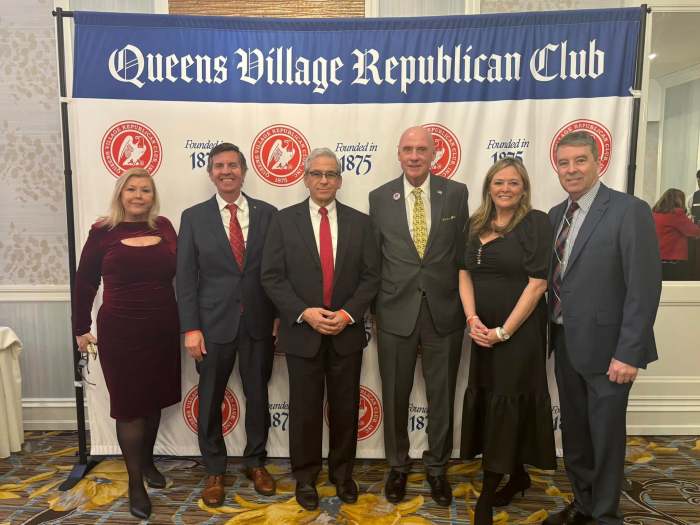The New York City Council wants to beef up the city’s Streets Plan by $3.1 billion to build out more space for buses, bikes, and pedestrians.
In the Council’s formal response to Mayor Eric Adams’s $98.5 billion city budget proposal from February, politicians called for more investments in the Big Apple’s social safety net and infrastructure, including a far more ambitious vision to reshape the streetscape.
“To secure an equitable recovery for our City and improve public safety, we must focus on robust investments that strengthen our communities and deliver opportunities for all New Yorkers,” said Speaker Adrienne Adams in a release late Friday afternoon. “These targeted investments will help the City begin to reverse longstanding inequities and move our neighborhoods forward.”
The Department of Transportation unveiled its NYC Streets Plan in December, setting several benchmarks for the amount of new bike- and bus-friendly paths the agency must meet over five years in accordance with a 2109 Council law.
The goals — which come with minimum annual targets — include 150 miles of bus lanes and 250 miles of protected bike lanes by end of 2026, and 1 million square feet of pedestrian space by end of 2023.
The Council now wants to earmark more money for at least 500 miles of new bus lanes and 500 miles of protected bike lanes.
The pols also pushed for 40 miles of busways, which more severely limit car traffic or ban it altogether along certain stretches, as well as 38 million square feet of open pedestrian space — an area slightly larger than Central Park!
Busways were not part of the Council law three years ago, but have since become a successful tool for city street planners to clear thoroughfares of traffic and speed up bus commutes.
DOT has installed busways on 14th Street; Jay Street in Brooklyn; Main Street, Jamaica and Archer Avenues in Queens; and 181st Street uptown.
Combined with the decades-old Fulton Mall, the city currently has just above 4 miles of busways, an amNewYork Metro analysis found, although DOT often doubles its measurements to account for two-way streets.
Another busway was planned for Fifth Avenue in Midtown has been stuck in neutral and watered down from its original scope after pushback by luxury retailers along the ritzy corridor, along with powerful real estate honchos.
The Council’s demands would increase the mileage of busways tenfold and their proposals garnered praise from transit advocates.
“Bus riders urge Mayor Adams to embrace the City Council’s bold vision for better buses and safer streets,” said Jolyse Race, an organizer with the group Riders Alliance, in a statement Saturday. “Expanded funding for faster and more reliable bus service and better access to neighborhoods without subways will make New York work better for everyone who lives, works, and visits here.”
However, the December Streets Plan by DOT admitted that the agency did not have enough resources to meet the annual minimum mileages of newly painted lanes as required by the law.
Transportation officials estimated they could install 20 miles of bus lanes instead the required 30 miles and 30 miles of bike lanes, short of the at least 50 miles mandated by the Council.
That was before the new Mayor Adams called for most agencies to slash spending by 3% for this fiscal year and the next one.
A City Hall spokesperson pointed to Adams’s campaign promise to build 150 miles of bus lanes in his first term that lasts until the end of 2025.
“Mayor Adams has put forward an aggressive plan to improve street safety and provide greater access citywide to reliable transportation options, including an unprecedented effort to add 150 additional miles of bus lanes in the next four years,” said Jonah Allon in a statement Sunday. “We are reviewing the Council’s proposal and look forward to engaging with them through the budget process to identify the proper level of funding for our shared transit goals.”
Hizzoner will release an updated Executive Budget based on the Council response in April, which his administration will further negotiate with the Council before the July 1 deadline.
